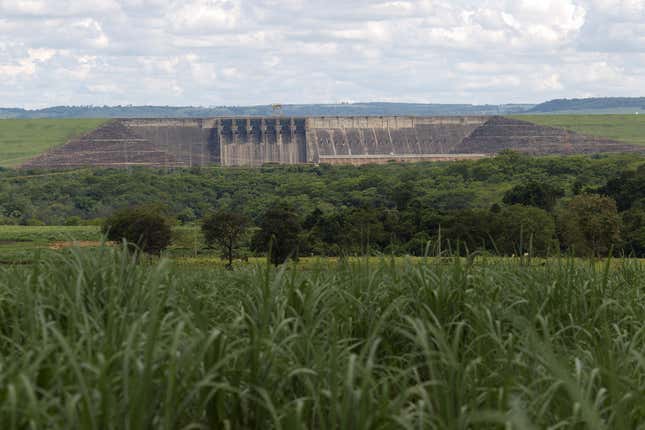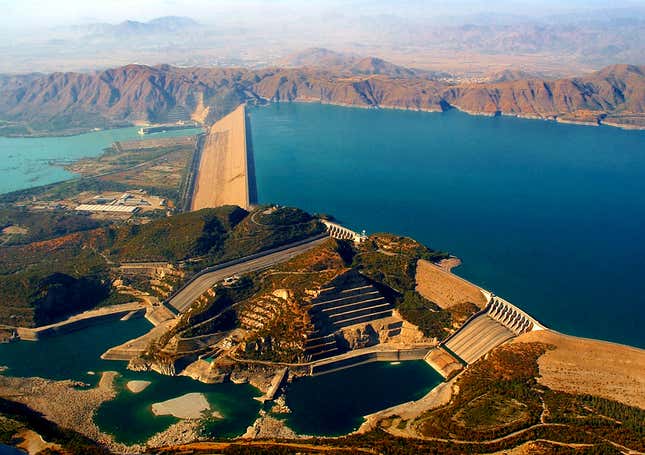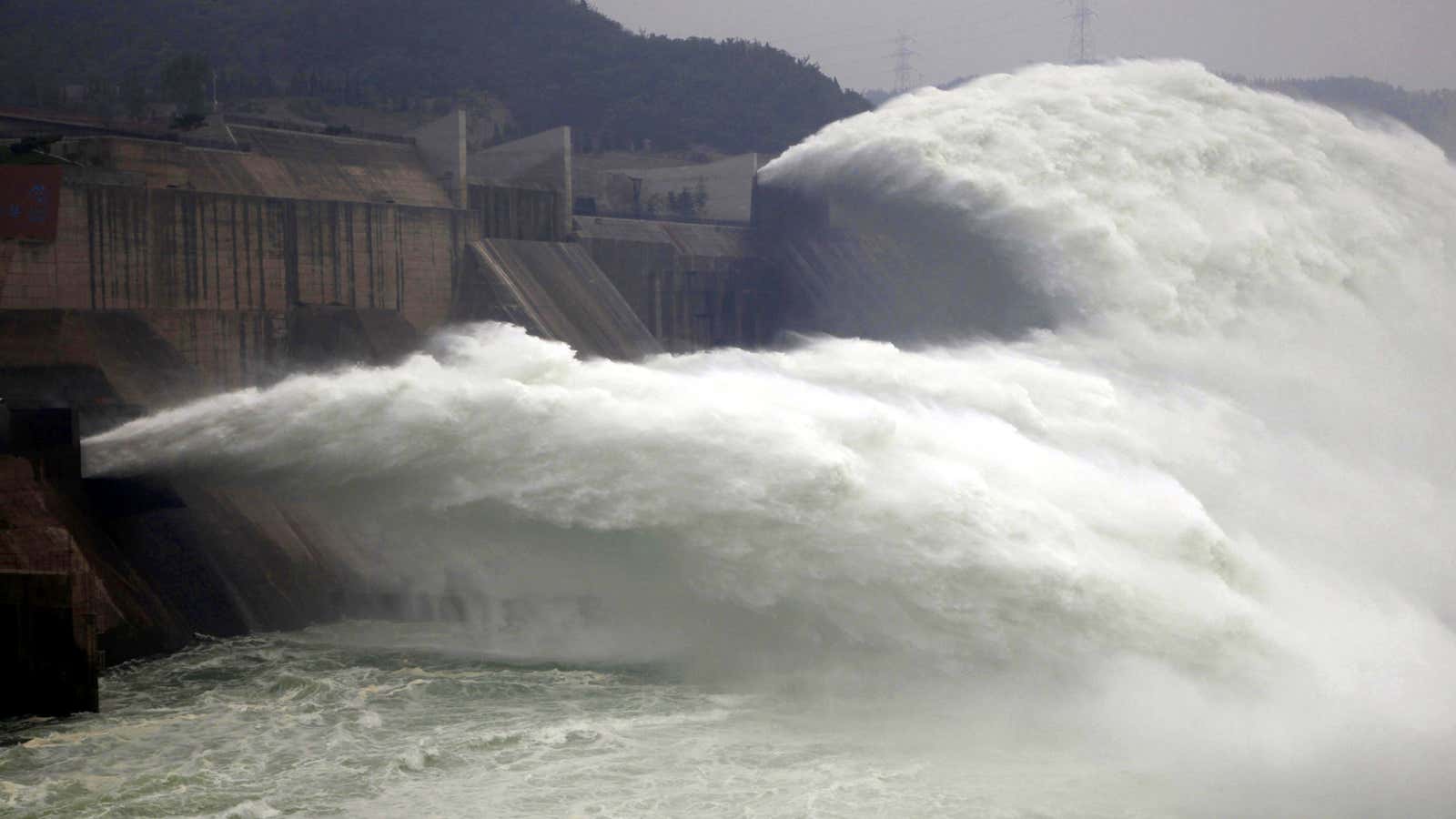The enormous hydropower dams springing up across the emerging world may simply be too expensive to ever yield real benefits to their builders, development economists warned today. One key reason why: Dam fans lying to themselves and others about how much the multi-billion dollar projects cost.
Between 2010 and 2035, demand for electricity will require worldwide power generation to increase from 5.2 terawatts to 9.3 terawatts, roughly equal to adding four times the electricity the United States currently generates. In emerging markets around the world, policymakers are responding with enormous dams—the Belo Monte in Brazil, the Diamer-Bhasha in Pakistan, the Jinsha river dams in China, the Myitsone in Myanmar, and the Gilgel Gibe III in Ethiopia—designed to create power and also shift enormous quantities of water.
But researchers at the University of Oxford, led by development experts Atif Ansar and Bent Flyvbjerg, built a database of 245 of the biggest dams built between 1934 and 2007 to create the first broad survey of dam-building costs. Their analysis is published today in the journal Energy Policy.
What did they find? Basically, that any dam price forecast should be increased by 57% for there to be just an 80% certainty that the project will be on-budget. Two out of every ten large dams built cost double the original estimate, and one in ten costs three times as much. (The median cost overrun is 27%, but these few mega-excesses bring the average overrun up to 96%.) Typically, dam builders forecast the benefits-to-cost ratio as 1.4, i.e., benefits should exceed costs by 40%—but half of dams built have cost overruns that exceed that factor. They offer some examples:
Brazil’s Itumbiara dam was built despite a “geologically unfavorable” location; fixing those problems required 96% of the forecast cost of the entire dam.

Pakistan’s Tarbela dam suffered, like many mega-dams, from underestimated inflation: During its 16-year construction, inflation nearly quadrupled its costs.

Other challenges include foreign borrowing—the Tarbela dam increased Pakistan’s external debt by 23%—and currency depreciation—a plunge in Colombian pesos against the US dollar lead to huge cost increases for imported components for the Chivor hydrolectic system. And all of these factors are exacerbated by lengthy construction times of 8.2 years on average.
The data show that the people behind dam projects consistently take a too-rosy view of what it will cost to build them, especially when they have to sell the public on the idea.
“Experts making forecasts about megaprojects can be usefully grouped into ‘fools’ or ‘liars,'” Flyvbjerg, a long-time skeptic of large infrastructure projects, said in a statement. “Fools are the reckless optimists who see the future with rose-tinted glasses. These forecasting fools ignore hard facts and uncertainty, betting the family silver on gambles with very low probability of success. Liars deliberately mislead the public for private gain, fiscal or political, by painting overly-positive prospects of an investment, just to get it going. The systematically poor outcomes of large dams suggest that ‘fools’ and ‘liars’ have been at the helm.”
Better, the researchers say, to address electricity needs with smaller, more flexible projects that don’t take years and tens of billions of dollars to build. Energy projects that can be quickly built up from standardized components and don’t depend on major earth-moving or imported parts are best, even if they lack the grandeur of a mega-dam.
